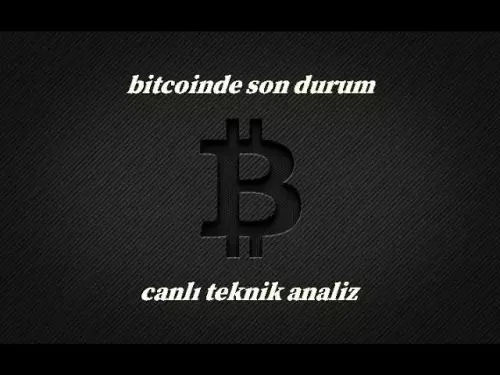-
 Bitcoin
Bitcoin $108,562.4295
0.46% -
 Ethereum
Ethereum $2,533.9553
1.52% -
 Tether USDt
Tether USDt $1.0002
-0.01% -
 XRP
XRP $2.2542
2.23% -
 BNB
BNB $662.4567
1.48% -
 Solana
Solana $151.4114
3.48% -
 USDC
USDC $0.9999
0.00% -
 TRON
TRON $0.2860
0.91% -
 Dogecoin
Dogecoin $0.1685
3.72% -
 Cardano
Cardano $0.5809
1.63% -
 Hyperliquid
Hyperliquid $39.2916
1.85% -
 Sui
Sui $2.8874
0.85% -
 Bitcoin Cash
Bitcoin Cash $496.5801
2.72% -
 Chainlink
Chainlink $13.3582
2.48% -
 UNUS SED LEO
UNUS SED LEO $9.0279
0.07% -
 Avalanche
Avalanche $18.0773
2.30% -
 Stellar
Stellar $0.2426
3.05% -
 Toncoin
Toncoin $2.9086
6.01% -
 Shiba Inu
Shiba Inu $0.0...01170
2.97% -
 Hedera
Hedera $0.1587
3.47% -
 Litecoin
Litecoin $87.4596
1.13% -
 Monero
Monero $317.0425
0.73% -
 Polkadot
Polkadot $3.3778
1.90% -
 Dai
Dai $0.9999
-0.01% -
 Ethena USDe
Ethena USDe $1.0001
-0.01% -
 Bitget Token
Bitget Token $4.4095
0.63% -
 Uniswap
Uniswap $7.3593
6.80% -
 Pepe
Pepe $0.0...09910
3.64% -
 Aave
Aave $274.7388
2.68% -
 Pi
Pi $0.4607
0.48%
What is the difference between market orders and limit orders on Bithumb?
On Bithumb, market orders execute instantly at current prices, while limit orders allow setting specific prices but may not execute if the market doesn't reach them.
Apr 15, 2025 at 04:08 pm
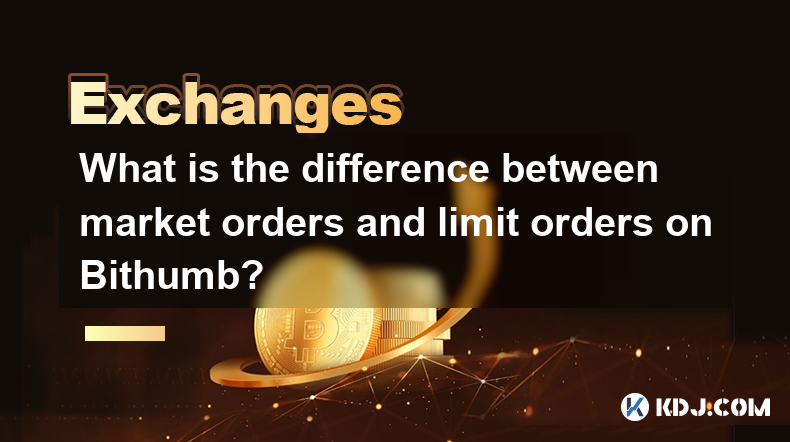
When trading on Bithumb, one of the most popular cryptocurrency exchanges in South Korea, understanding the difference between market orders and limit orders is crucial for effective trading. Market orders and limit orders serve different purposes and come with their own set of advantages and disadvantages. In this article, we will delve into the specifics of each type of order, providing a detailed comparison to help you make informed decisions while trading on Bithumb.
Understanding Market Orders on Bithumb
A market order is an order to buy or sell a cryptocurrency at the current best available market price. When you place a market order on Bithumb, the trade is executed immediately at the prevailing market rate. This type of order is particularly useful when you want to enter or exit a position quickly.
- Execution Speed: Market orders are known for their speed. Once you submit a market order, Bithumb matches it with the best available price on the order book, ensuring that your trade is executed almost instantly.
- Price Uncertainty: The main drawback of market orders is the lack of price control. Since the order is filled at the current market price, you might end up paying more or receiving less than you anticipated, especially in a volatile market.
- Slippage: In highly volatile markets, the price can change rapidly. This can lead to slippage, where the executed price differs from the price at the time you placed the order.
To place a market order on Bithumb:
- Navigate to the trading page for the cryptocurrency you wish to trade.
- Select the "Market" order type.
- Enter the amount of cryptocurrency you want to buy or sell.
- Review the order details and click "Buy" or "Sell" to execute the order.
Understanding Limit Orders on Bithumb
A limit order, on the other hand, allows you to specify the price at which you want to buy or sell a cryptocurrency. Unlike market orders, limit orders are not executed immediately. They are added to the order book and are filled only when the market reaches your specified price.
- Price Control: The primary advantage of limit orders is the ability to set a specific price. This gives you control over the price at which your order is executed, helping you avoid the uncertainties associated with market orders.
- Potential for Non-Execution: The downside of limit orders is that they may not be executed if the market does not reach your specified price. This means you could miss out on trading opportunities if the market moves away from your set price.
- Partial Fills: In some cases, your limit order might be partially filled if there is not enough volume at your specified price. The remaining portion of your order will stay on the order book until it is fully executed or canceled.
To place a limit order on Bithumb:
- Go to the trading page for the desired cryptocurrency.
- Choose the "Limit" order type.
- Enter the price at which you want to buy or sell the cryptocurrency.
- Specify the amount of cryptocurrency you want to trade.
- Review the order details and click "Buy" or "Sell" to submit the order.
Comparing Market Orders and Limit Orders on Bithumb
When deciding between a market order and a limit order on Bithumb, it's essential to consider your trading goals and the current market conditions.
- Speed vs. Control: Market orders offer speed and immediate execution, making them ideal for traders who prioritize entering or exiting a position quickly. Limit orders, conversely, provide price control, which is beneficial for traders who want to ensure they get a specific price.
- Volatility Considerations: In a highly volatile market, market orders can be risky due to potential slippage. Limit orders can help mitigate this risk by setting a price threshold, but they may not be executed if the market moves too quickly.
- Trading Strategy: Your choice between market and limit orders should align with your overall trading strategy. If you are a day trader looking to capitalize on short-term price movements, market orders might be more suitable. For long-term investors who are less concerned with immediate execution, limit orders can be more advantageous.
Practical Examples of Market and Limit Orders on Bithumb
To illustrate the differences between market and limit orders, let's consider a few practical examples on Bithumb.
Example 1: Buying Bitcoin with a Market Order
Suppose you want to buy 1 BTC quickly. You place a market order on Bithumb, and it is executed at the current best available price of $30,000. This ensures that you get your Bitcoin immediately, but you have no control over the exact price.Example 2: Buying Bitcoin with a Limit Order
Now, imagine you want to buy 1 BTC but only if the price drops to $29,000. You place a limit order on Bithumb at $29,000. If the market reaches this price, your order will be executed. If the price never drops to $29,000, your order will remain unfilled.Example 3: Selling Ethereum with a Market Order
You decide to sell 10 ETH quickly. You place a market order on Bithumb, and it is executed at the current best available price of $2,000 per ETH. This allows you to exit your position immediately, but you might receive less than expected if the market is volatile.Example 4: Selling Ethereum with a Limit Order
You want to sell 10 ETH but only if the price reaches $2,100. You place a limit order on Bithumb at $2,100. If the market reaches this price, your order will be executed. If the price never reaches $2,100, your order will remain unfilled.
Choosing Between Market and Limit Orders on Bithumb
The choice between market and limit orders on Bithumb depends on various factors, including your trading objectives, risk tolerance, and the current market environment.
- For Immediate Execution: If you need to buy or sell a cryptocurrency quickly, a market order is the best choice. It ensures that your order is filled at the current market price, allowing you to enter or exit a position without delay.
- For Price Control: If you want to ensure that you buy or sell at a specific price, a limit order is more suitable. It gives you the flexibility to set your desired price, but you must be prepared for the possibility that your order may not be executed.
- For Volatile Markets: In highly volatile markets, limit orders can help protect you from slippage. By setting a price threshold, you can avoid buying or selling at unfavorable prices. However, you must be willing to accept the risk of non-execution.
Frequently Asked Questions
Q1: Can I cancel a market order on Bithumb after it has been placed?
A1: No, once a market order is placed on Bithumb, it is executed immediately at the current market price. Therefore, you cannot cancel a market order after it has been submitted.
Q2: What happens if my limit order on Bithumb is only partially filled?
A2: If your limit order on Bithumb is only partially filled, the remaining portion of your order will stay on the order book until it is fully executed or canceled. You can monitor the status of your order in the "Open Orders" section of your Bithumb account.
Q3: Are there any fees associated with market and limit orders on Bithumb?
A3: Yes, Bithumb charges trading fees for both market and limit orders. The fee structure may vary depending on your trading volume and the specific cryptocurrency you are trading. You can find detailed information on Bithumb's fee schedule on their official website.
Q4: Can I use stop orders on Bithumb?
A4: Bithumb does not currently support stop orders. You can only place market and limit orders on the platform. If you need functionality similar to a stop order, you can use a combination of limit orders to achieve a similar effect.
Disclaimer:info@kdj.com
The information provided is not trading advice. kdj.com does not assume any responsibility for any investments made based on the information provided in this article. Cryptocurrencies are highly volatile and it is highly recommended that you invest with caution after thorough research!
If you believe that the content used on this website infringes your copyright, please contact us immediately (info@kdj.com) and we will delete it promptly.
- BNB, Binance, and CZ: What's the Buzz?
- 2025-07-07 06:50:12
- Hedera Hashgraph: ETF Buzz and Bullish Charts – HBAR to the Moon?
- 2025-07-07 06:30:12
- BlockDAG, Pi Network, and SUI Stable: Navigating the Crypto Landscape in '25
- 2025-07-07 07:10:13
- SYRUP Token's Sweet Ascent: TVL Surges and DeFi Growth on Maple Finance
- 2025-07-07 07:15:13
- Bitcoin, Listed Companies, and ETFs: A New York Minute on Crypto Trends
- 2025-07-07 06:30:12
- Stablecoins, Redot Pay, and Korea: A Glimpse into the Future of Payments
- 2025-07-07 07:20:14
Related knowledge
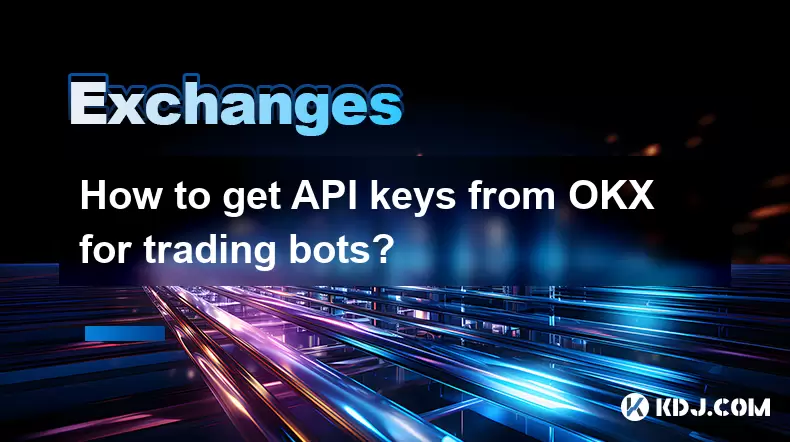
How to get API keys from OKX for trading bots?
Jul 03,2025 at 07:07am
Understanding API Keys on OKXTo interact with the OKX exchange programmatically, especially for building or running trading bots, you need to obtain an API key. An API (Application Programming Interface) key acts as a secure token that allows your bot to communicate with the exchange's servers. On OKX, these keys come with customizable permissions such ...
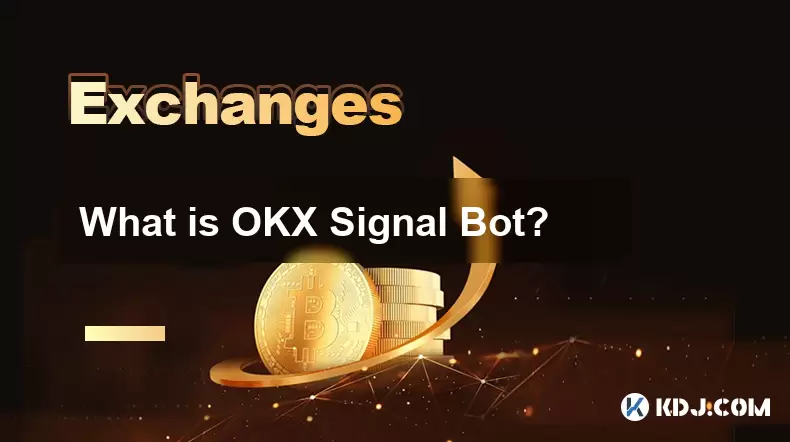
What is OKX Signal Bot?
Jul 02,2025 at 11:01pm
Understanding the Basics of OKX Signal BotThe OKX Signal Bot is a feature within the OKX ecosystem that provides users with automated trading signals and execution capabilities. Designed for both novice and experienced traders, this bot helps identify potential trading opportunities by analyzing market trends, technical indicators, and historical data. ...
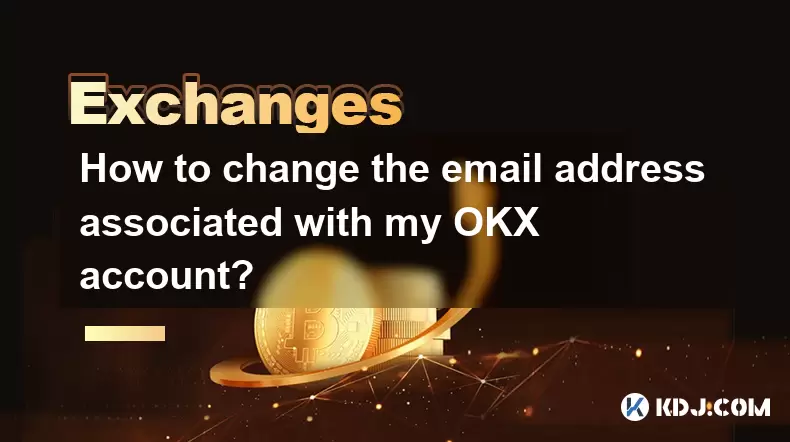
How to change the email address associated with my OKX account?
Jul 07,2025 at 08:07am
How to Change the Email Address Associated with My OKX Account?Changing the email address associated with your OKX account is a crucial process that ensures you maintain control over your digital assets and account security. Many users may find themselves needing to update their registered email due to various personal or technical reasons, such as swit...
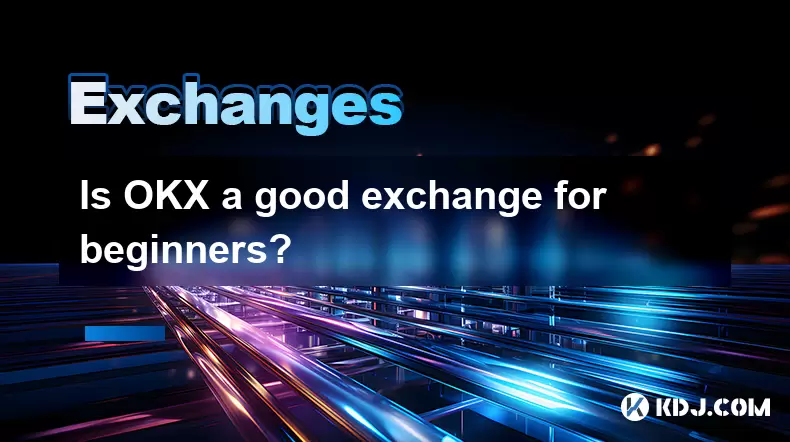
Is OKX a good exchange for beginners?
Jul 03,2025 at 05:00pm
What Is OKX and Why Is It Popular?OKX is one of the leading cryptocurrency exchanges globally, known for its robust trading infrastructure and a wide variety of digital assets available for trading. It supports over 300 cryptocurrencies, including major ones like Bitcoin (BTC), Ethereum (ETH), and Solana (SOL). The platform has gained popularity not onl...
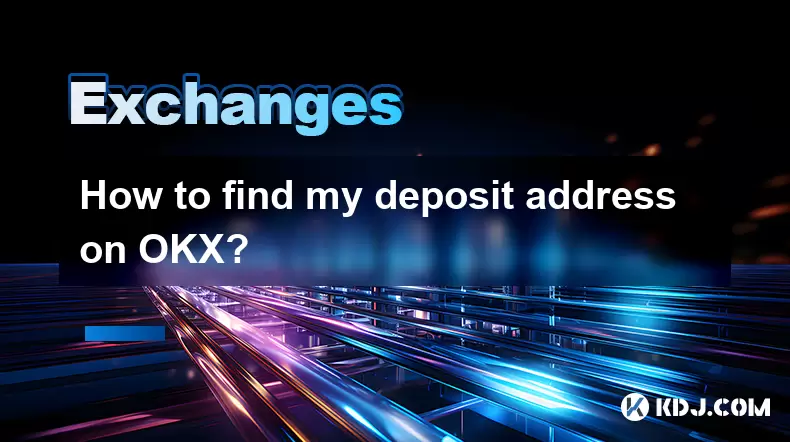
How to find my deposit address on OKX?
Jul 06,2025 at 02:28am
What is a Deposit Address on OKX?A deposit address on OKX is a unique alphanumeric identifier that allows users to receive cryptocurrencies into their OKX wallet. Each cryptocurrency has its own distinct deposit address, and using the correct one is crucial to ensure funds are received properly. If you're looking to transfer digital assets from another ...
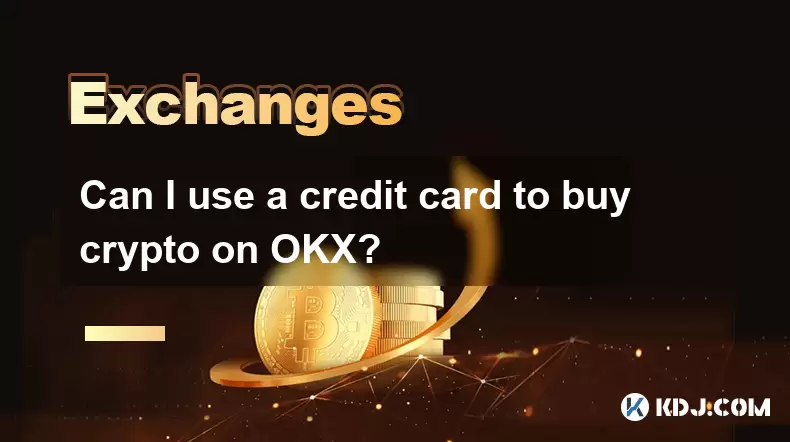
Can I use a credit card to buy crypto on OKX?
Jul 04,2025 at 04:28am
Understanding OKX and Credit Card PaymentsOKX is one of the leading cryptocurrency exchanges globally, offering a wide range of services including spot trading, derivatives, staking, and more. Users often wonder whether they can use a credit card to buy crypto on OKX, especially if they are new to the platform or looking for quick ways to enter the mark...

How to get API keys from OKX for trading bots?
Jul 03,2025 at 07:07am
Understanding API Keys on OKXTo interact with the OKX exchange programmatically, especially for building or running trading bots, you need to obtain an API key. An API (Application Programming Interface) key acts as a secure token that allows your bot to communicate with the exchange's servers. On OKX, these keys come with customizable permissions such ...

What is OKX Signal Bot?
Jul 02,2025 at 11:01pm
Understanding the Basics of OKX Signal BotThe OKX Signal Bot is a feature within the OKX ecosystem that provides users with automated trading signals and execution capabilities. Designed for both novice and experienced traders, this bot helps identify potential trading opportunities by analyzing market trends, technical indicators, and historical data. ...

How to change the email address associated with my OKX account?
Jul 07,2025 at 08:07am
How to Change the Email Address Associated with My OKX Account?Changing the email address associated with your OKX account is a crucial process that ensures you maintain control over your digital assets and account security. Many users may find themselves needing to update their registered email due to various personal or technical reasons, such as swit...

Is OKX a good exchange for beginners?
Jul 03,2025 at 05:00pm
What Is OKX and Why Is It Popular?OKX is one of the leading cryptocurrency exchanges globally, known for its robust trading infrastructure and a wide variety of digital assets available for trading. It supports over 300 cryptocurrencies, including major ones like Bitcoin (BTC), Ethereum (ETH), and Solana (SOL). The platform has gained popularity not onl...

How to find my deposit address on OKX?
Jul 06,2025 at 02:28am
What is a Deposit Address on OKX?A deposit address on OKX is a unique alphanumeric identifier that allows users to receive cryptocurrencies into their OKX wallet. Each cryptocurrency has its own distinct deposit address, and using the correct one is crucial to ensure funds are received properly. If you're looking to transfer digital assets from another ...

Can I use a credit card to buy crypto on OKX?
Jul 04,2025 at 04:28am
Understanding OKX and Credit Card PaymentsOKX is one of the leading cryptocurrency exchanges globally, offering a wide range of services including spot trading, derivatives, staking, and more. Users often wonder whether they can use a credit card to buy crypto on OKX, especially if they are new to the platform or looking for quick ways to enter the mark...
See all articles


























